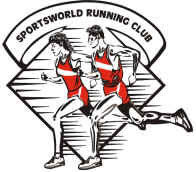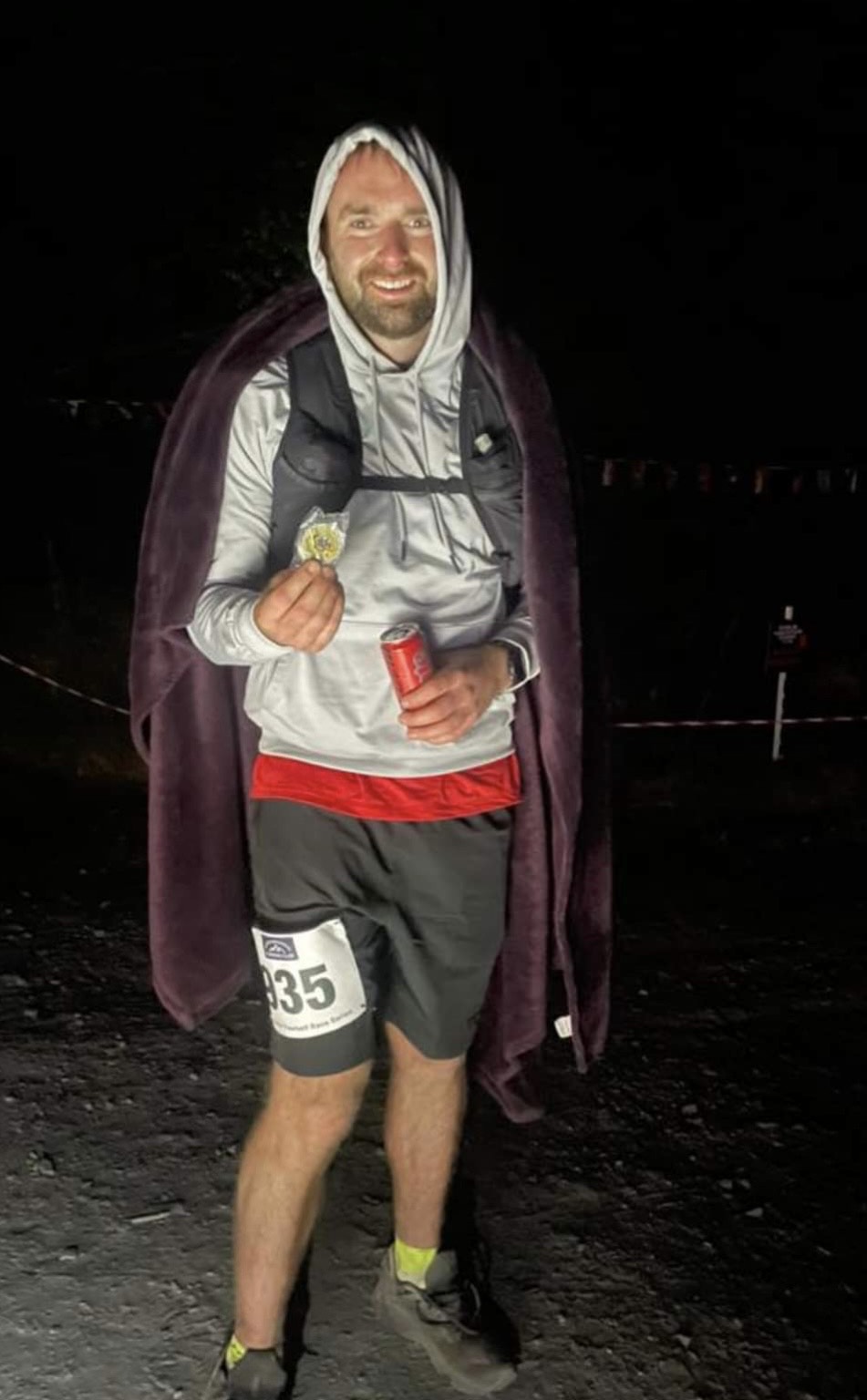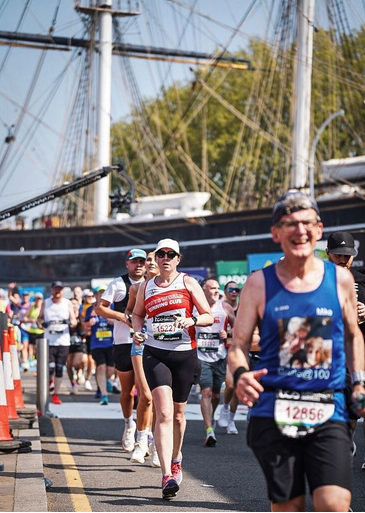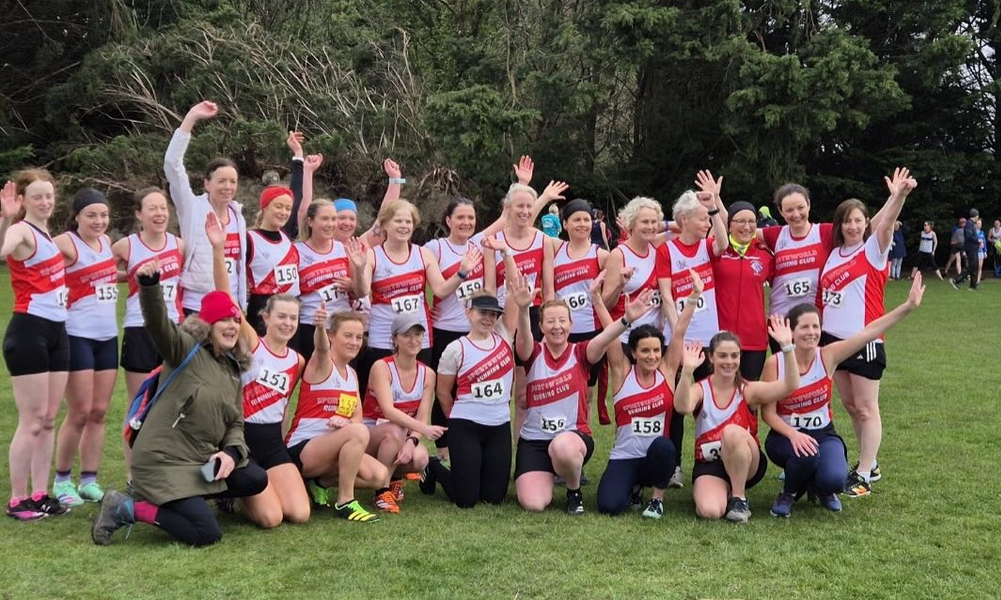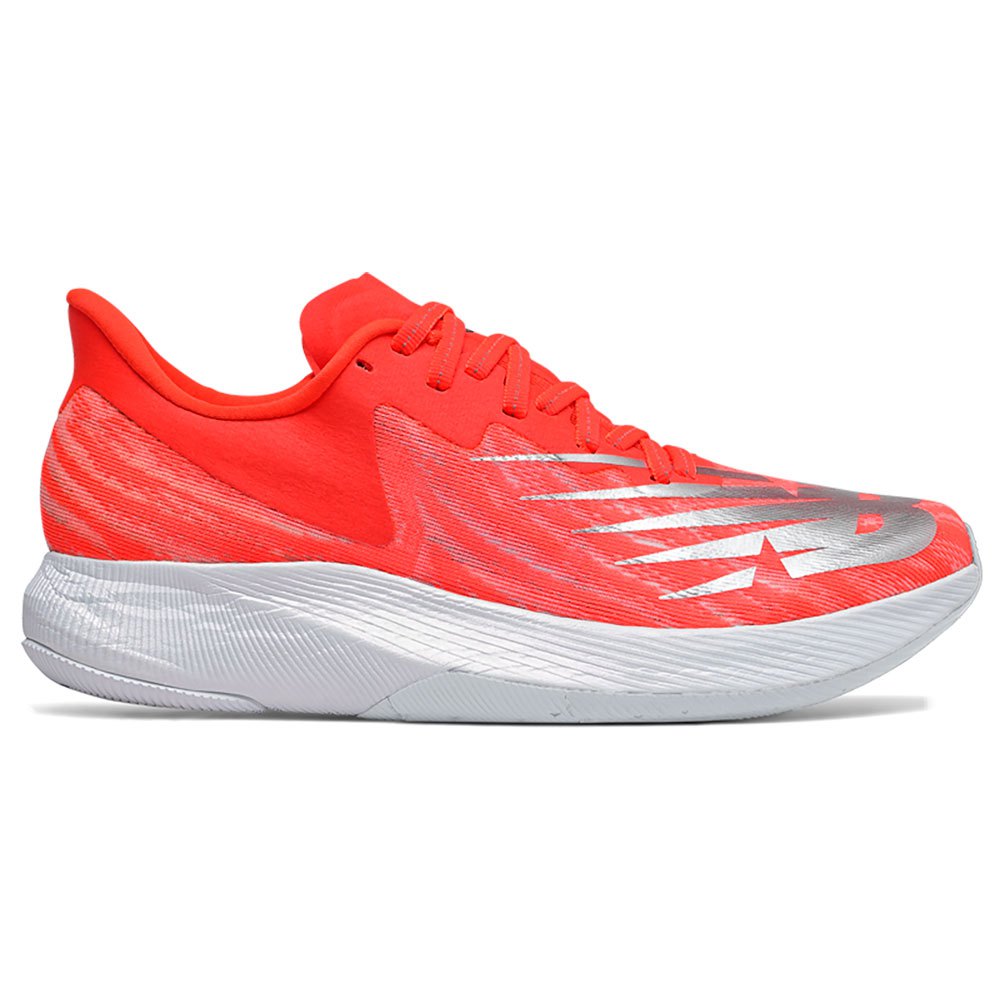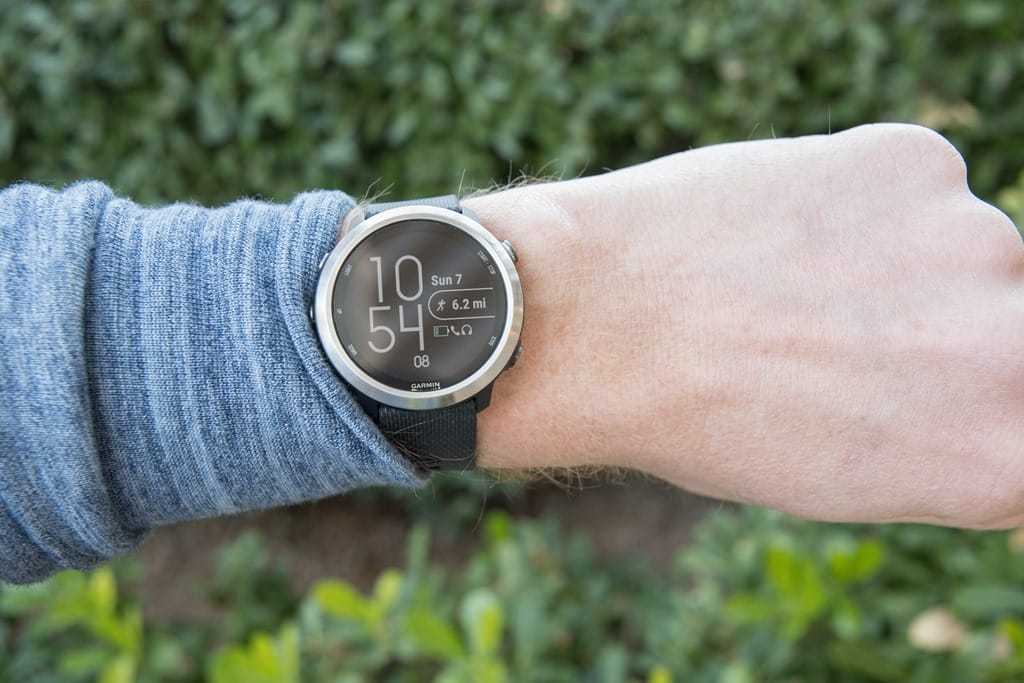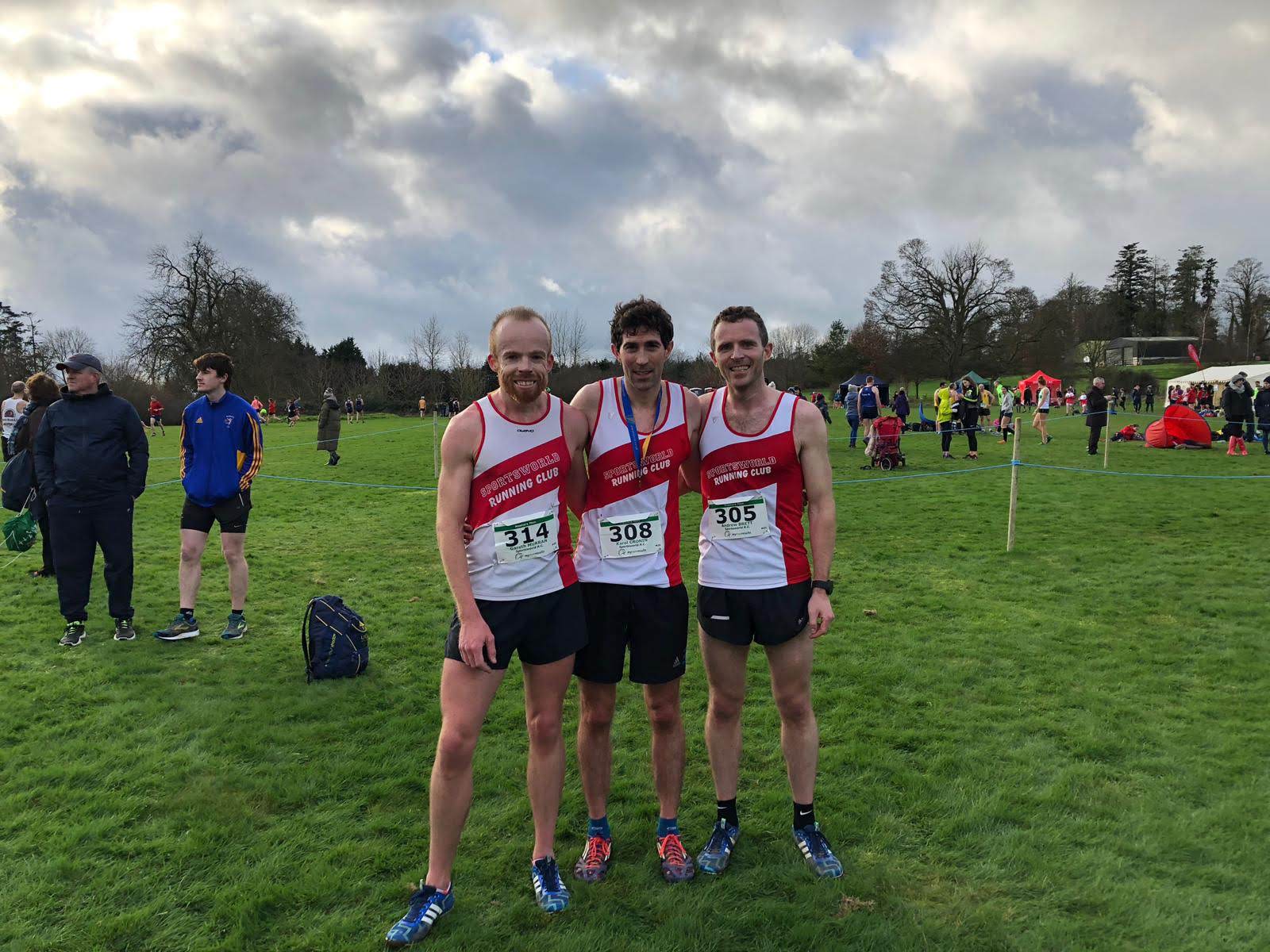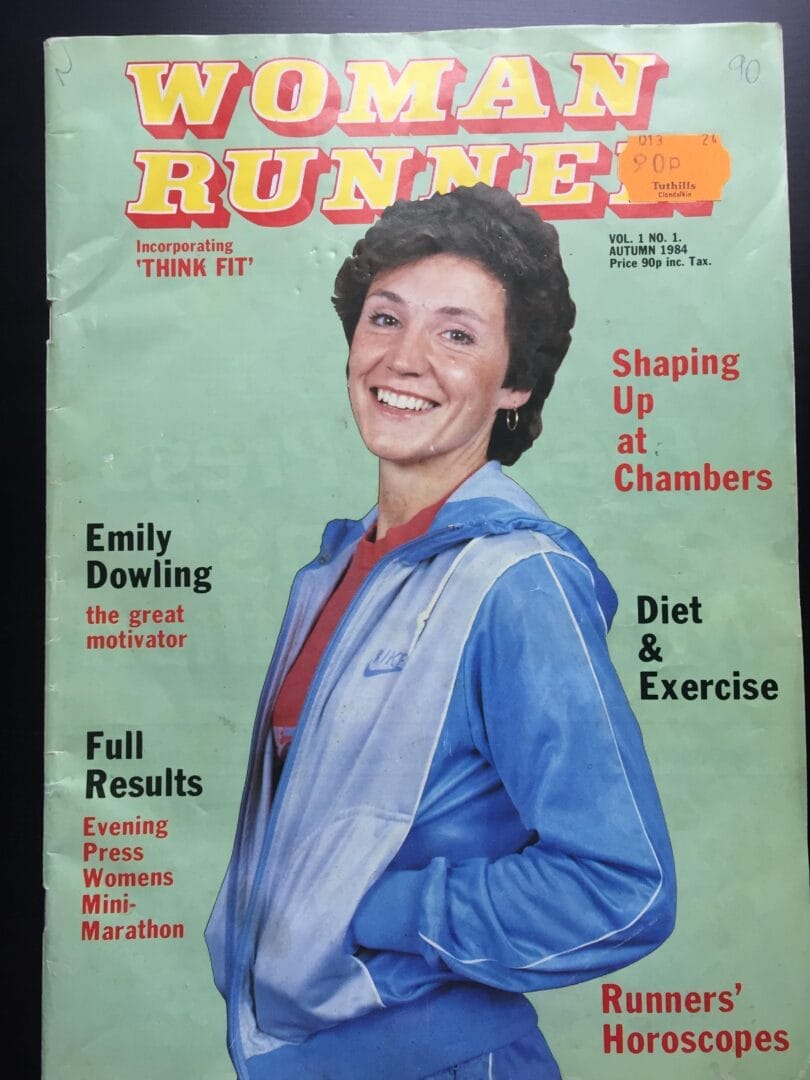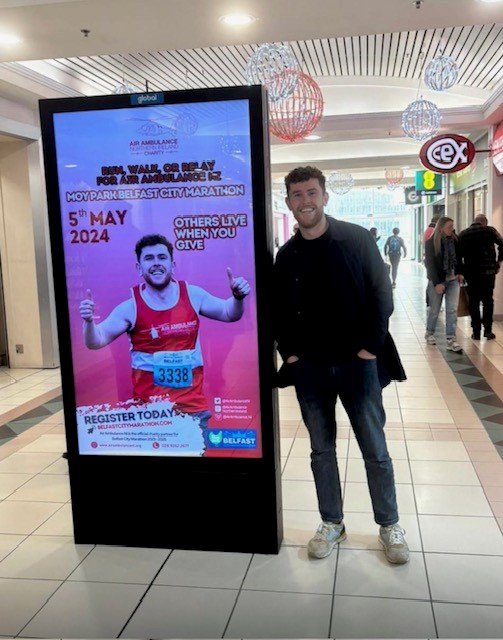I learned a moat valuable lesson over the past week. It’s best not to boast about your delivery of new running shoes on Instagram as you’ll quickly find yourself writing a review of said running shoes for the club’s weekly email.
This week under limited duress or coercion I’m giving my two cents on two shoes from New Balance. Firstly the 1080V11, an ideal daily trainer and secondly the New Balance RC. The RC is a competitor with the growing range of super shoes e.g. Adidas Adizero Pro, Brooks Hyperion Elite 2, HOKA Carbon X, Nike Alphafly Next% and Saucony Endorphin Pro.
Overall they’re both great shoes so that about covers the reviews but that might leave the reader asking why New Balance?

This story begins way back when a sales guy at a speciality running store told me I should wear Asics. I was new to running, new to exercise for its own sake, and consequently was three pant-sizes above my ideal. As I ran more and training increased I learned a little about running gaits and what terms like neutral or stability meant. I discovered that your choice of running shoe is a very personal decision. You’ve got to balance how well they protect your feet and legs with how they fit, how heavy they are and, yes, even how they look.
Around 2011, starting to feel like I had outgrown the Asics bricks on my feet I switched to Nike trying out the Vomero then Pegasus for a few years. This was way before PBEX foams came along but both of these were great shoes. At the time Nike had the best foam, a title which they have regained since. I will add a note that Asics have also revived themselves in 2020 with some great new shoes such as the Nimbus Lite and Glide Ride ranges. They needed it but they are making progress now.
At the same time, the Vibram craze was going on, making podiatrists, physios and speciality running stores all a bit richer. It was like some sick experiment at the expense of the novice runner who was suckered into thinking they could switch from a tank-like Asics Kayano to running barefoot in a matter of weeks or months, without any consequence or injury. I decided that I wanted to try something lighter but not too light so I got a recommendation for a new shoe from Adidas called the Adizero Mana.
Although these have since been discontinued the popular Boston range is now very much along the same lines. The Boston many people will know is an all-round neutral running shoe for everyday training, up-tempo workouts, speed and race training as well as for race-day running over longer distances. Compared to other Adidas shoes the Boston feels a bit firm/hard which gives it a nice bouncy foot stride feel.

When Adidas released its revolutionary Boost midsole foam, it not only re-asserted the German company as the most dominant global brand in long-distance racing shoes but it also set off a firestorm inside the R&D labs of just about every other shoe manufacturer. Boost, made from TPU pellets thermally welded together, was the first midsole foam to serve up high levels of both shock-absorbing cushiness and bounce-back responsiveness. Adidas made a good call to only sell their running shoes in speciality stores. You could buy Adidas in regular sports shops but they weren’t for the serious runner. It gave them an edge and its a tactic Nike has also employed.
Up until 2018, I swore by Adidas. Prior to the Nike 4% and the birth of the super shoe revolution, all of the marathon world records were set in Adidas Adios Boost Adizero shoes which is the race day equivalent of the Boston. Like many brands before it though Adidas has been slow to innovate and running has moved on. They are still good solid shoes but in 2018, I heard a podcast with the New Balance Running USA Product Manager. For the past few years, they had been slowing gaining fresh momentum, making a come back if you will. They were experimenting with the latest foams and bringing modern approaches to running shoe technology. I was sold. I bought my first pair of 1080v9s in 2018 and was blown away by the comfort.
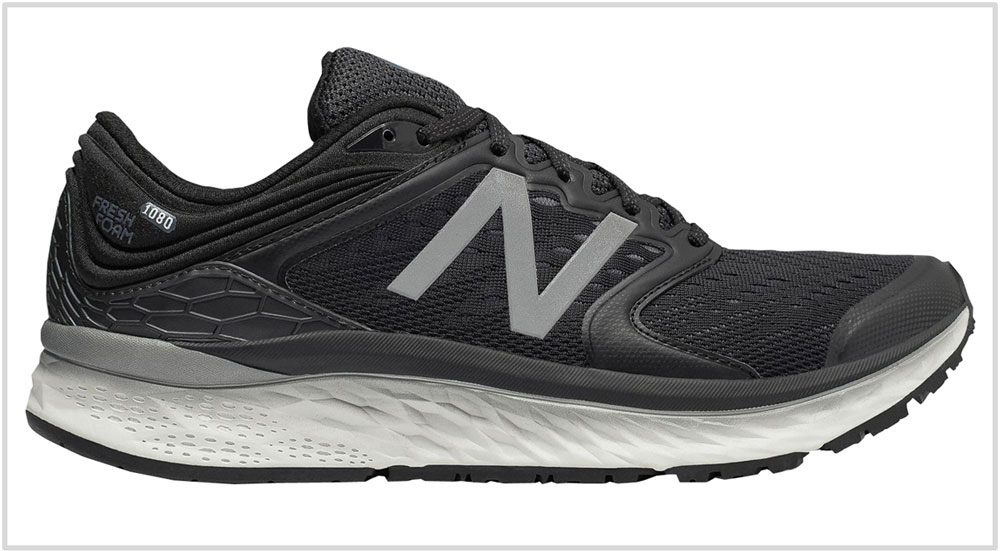
When it comes to choosing the right shoes, I now believe the most scientifically sound criteria we have is comfort. Choose a shoe that feels good and you’ll run more efficiently and suffer fewer injuries. Comfort is different for everyone, and changes with body type, muscle strength/weakness, speed, stride, fatigue, previous injury, terrain, climate, age, attitude, etc., in short, a kaleidoscope of variables.
For me, in 2021 New Balance shoes offer the best in plush trimmings, ample cushioning and luxurious foothold. They have taken what science knows and applied it to their shoe range picking the best bits from the barefoot running and maximalist shoe trends and marrying that with modern foams. My only concern is where is that force going? We might see a whole new range of running injuries in the future.
New balance 1080V11
This is the shoe for you if you are feeling beat up, or simply want some cruiser miles to get the blood flowing without pounding. The 1080v11 is well suited for luxurious recovery runs, thanks to the Fresh Foam cushioning and the upper’s relaxed comfortable fit.
1080 has consistently been New Balance’s expression of plushness, a soft coaxing way of getting runners to enjoy the activity, even when they are not necessarily feeling moved to get out the door. Perhaps that’s because comfort is an immediate, step-in feeling, one of the best in the industry. The Fresh Foam midsole, blown rubber outsole and rockered design are enough to lull you into running, almost as though they could put you in a hypnotic trance. If you are heavy heal striker hough this shoe may result in you hitting the ground too quickly.
Ideal for daily training, even for those racking up high mileage, 1080 is forgiving and well suited for easier “laid back” runs and recovery days, not unlike its predecessor, the 1080v10, since the updates were relatively minor. The step-in comfort is a lasting one and, when paired with the smooth roll-through of the rocker midsole, it makes 1080 an everyday trainer that promises to be dependable and durable. I wear these for my Sunday long runs and can comfortably get up to marathon pace in them but any faster and I need to switch shoes.
I have put 600K on previous pairs of the 1080s and despite not really seeing much degradation I do notice the change when I put on a fresh pair. The closest shoe to this is the Brooks Glycerin 19 but I like this allot more. If you want something lighter then 880s (Ciara McGeans shoe of choice) is also a fantastic shoe and if you are suffering from any sort of foot or Achilles niggle the New Balance More is an even more maximalist line with a similar style and fit.
Offset: 8mm (27mm heel/19mm forefoot)
Price: €150
New Balance RC
New Balance was one of the first brands to delve into shoes with built carbon-fibre plates embedded in the midsoles, but it chose to start with the FuelCell 5280 middle-distance trainer/racer rather than a half marathon/marathon racer such as we’ve now seen from multiple other brands. This became famous with world champion Jenny Simpson and then the likes of Ciara McGean seen wearing them on the track.
New Balance released the FuelCell TC in early 2020 as a cushy long-distance trainer, but the debut of the FuelCell RC Elite finally brings the brand into the speedy long-distance racing conversation. A few elite runners raced in a pre-production prototype model of this shoe at the 2020 U.S. Olympic Trials in Atlanta last February, but there wasn’t a lot of buzz about it prior to its release.

The FuelCell RC Elite borrows learnings from the FuelCell 5280 and the FuelCell TC and is adapted from the sleek, lightweight 1400 racing platform. First things first, the magic sauce of the FuelCell RC Elite is its new, low-density, high-rebound FuelCell midsole made from a featherweight blend of EVA and TPU (similar to PBEX).
The other special element in this shoe is the curvy carbon-fibre plate that works in concert with that foam to provide optimal energy return as a runner’s foot rolls through the gait cycle while also reducing foot fatigue. I have only worn these a tiny bit but the FuelCell RC is worth the price. It’s a modern-day rocket race of a shoe, stripped down to offer just what you need to run fast as efficiently as possible over long distances. It offers the right amount of cushion and structure without adding any extras you don’t need, with a ride that feels like it will accommodate a variety of strides.
While none of the modern super shoes is designed for daily running or even long-wearing use, this feels more durable based on the materials and the construction techniques. I haven’t been so excited about a shoe since I put on that first Adizero Mana way back in the day. And like a lot of those previous shoes, the faster and more efficient you run, the more stable this shoe will feel.
The cheaper TC has no carbon plate but is still a fabulous session day or Sunday long run shoes. They are soon to be replaced so are starting to pop up with large discounts, though still in the €140 – €150 range. I would recommend either depending on budget.
Heel-Toe Offset: 10mm (32mm heel, 22mm forefoot)
Price: €200
My favourite thing about these new shoes is a great ride with the new rockered technology. I can’t wait to get back on the cross country and try some new upcoming competitors to last years dragonfly spike. The spike world needs similar super shoe innovation as nobody enjoys those post race day calves in traditional spikes. According to the new paper, there are three likely reasons why the new shoes are faster than earlier racing shoes: (1) curved carbon-fibre plates; (2) a lighter and more responsive midsole material; and (3) thicker midsoles. I for one hope the innovation continues and see it as a good thing for the sport. I would encourage everyone to go out and find a super shoe that suits you.
